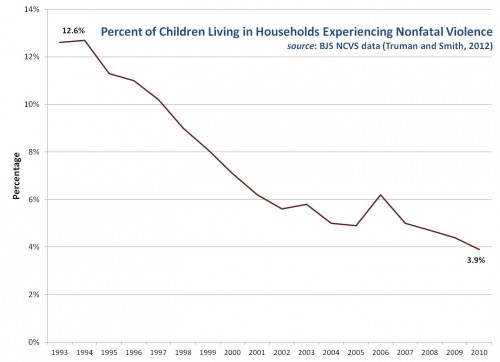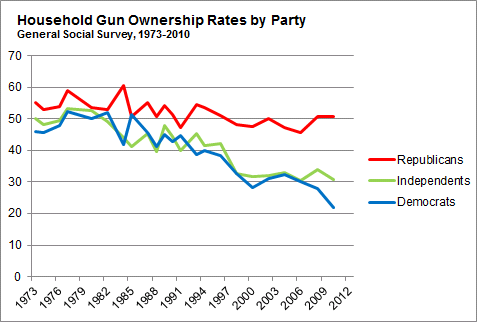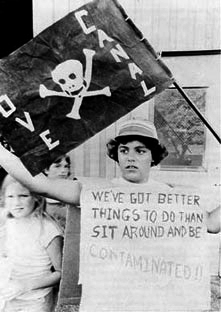Happy end of August!
SocImages News:
I had the opportunity to publish essays in Politico and Salon this month. The first was a response to an accusation that progressives refuse to talk about race, genetics, and intelligence, so I did in “Yes, Let’s Talk about Race and IQ.”
The second sounds like it belongs better in Cosmopolitan, but I promise there’s good sociology in there: “5 Reasons Your ‘Sexual Peak’ Might be Fake.”
Backstage at SocImages, we put together a new Pinterest board aimed at collecting examples of women being presented as catty and jealous of one another (e.g., “Don’t hate me because I’m beautiful”). We call it the Mean Girls Meme. We’re excited to add additional examples!
Finally, Gwen and I offered some advice to new college students.
Top Posts:
- 2,800 likes/tweets: “Men Need Clothes; Women Need to Look Sexy.”
- 2,000 likes/tweets: “Double Standards & the VMA Awards: What about Robin Thicke?“
- 1,500 likes/tweets: “Power, Mickey Mouse, and the Infantilization of Women.”
Elsewhere on the Net:
This month SocImages or its authors were quoted in articles at:
- Wired, “Google Glass Reborn as Something You’d Actually Want to Wear.”
- The Verge, “How Feminism and Commercialism Combined to Make ‘Camp Gyno’ a Viral Hit.”
- Los Angeles Times, “Study Dispels Notions of ‘No-Holds Barred’ Sex on Campus.”
- Jezebel, “Great News for Ladies Who Like Sexing: ‘Sexual Peaks’ are Nonsense.”
- Terceiro Tempo, “Mudanças Para as Mulheres das Lutas” [Changes in the World of Fighting Women].
- Minding the Campus, Reforming Our Universities, “Hookup Culture – Great Publicity, but Not That Popular.”
Cross-Post Highlights…
- Jezebel, “Behind the Imperative that Women Be Sexy and Cute.”
- Pacific Standard, “Why Don’t We Tip Flight Attendants?“
- Global Policy TV, “The Role of Employer Selection in Gendered Job Segregation.”
Upcoming Lectures and Appearances:
My fall schedule is falling into place. If any readers are in the Twin Cities or Salt Lake City, I’d love to schedule a meet up!
- Citrus College (Sept. 10, 2013): “A Feminist Defense of Friendship”
- Carleton College (Sept. 30, 2013): TBD
- Macalester College (Oct. 2-3, 2013): TBD
- Westminster College (Mar. 11, 2014): “‘The Night Overall Wasn’t Bad’: What College Students Really Think About Hooking Up”
Social Media ‘n’ Stuff:
Finally, this is your monthly reminder that SocImages is on Twitter, Facebook, Google+, and Pinterest. Lisa is on Facebook and most of the team is on Twitter: @lisawade, @gwensharpnv, @familyunequal, @carolineheldman, and @jaylivingston.
In Other News…
I enjoyed a drive to Key West thanks to my mom, Kay West. It was pretty:
Lisa Wade, PhD is an Associate Professor at Tulane University. She is the author of American Hookup, a book about college sexual culture; a textbook about gender; and a forthcoming introductory text: Terrible Magnificent Sociology. You can follow her on Twitter and Instagram.










